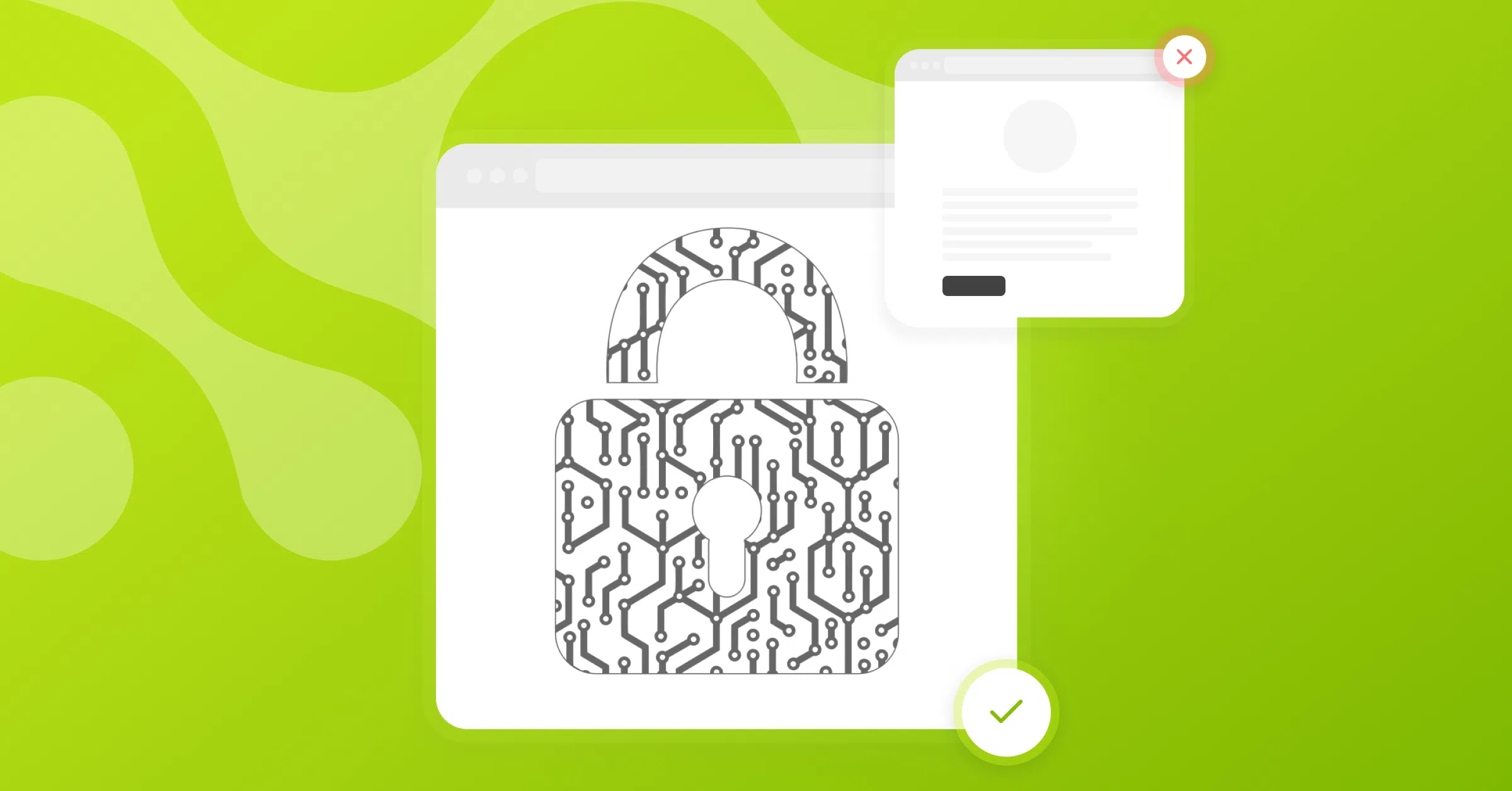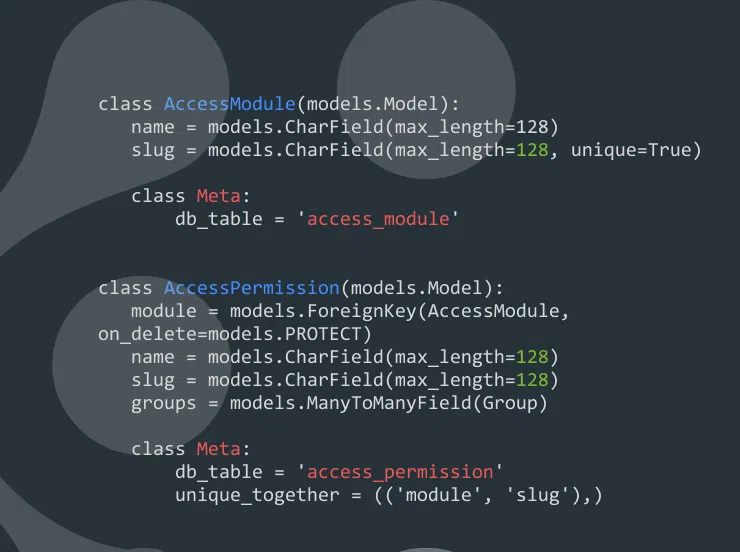Technical Documentation for IT Startups: Basic Types and Examples
Technical documentation is an important aspect of any technology-based business, and it can help ensure the success of your startup. Effective technical documentation can save time and resources by reducing the need for support calls and other forms of customer assistance. In this post, we will discuss the importance of technical documentation for IT startups and some best practices for creating and maintaining it.
Technical documentation for IT startups is a detailed description of the technical aspects of the company's products and services. It is an important resource for IT startups, as it helps to communicate the design and functionality of their software to potential customers, investors, and developers. Below are the principles for organizing documentation for software projects that we use at Software Development Hub for startups.
How to write documentation for a software project
Creating technical documentation for the IT startup can be a challenging task, as the software may be constantly evolving and changing. In order to create effective technical documentation, IT startups should ensure that their documentation is well-organized and easy to understand.
It should be written in clear, concise language and use technical terms only when necessary. The documentation should also be regularly updated to reflect any changes or updates to the company's products and services.
Some key tips for creating effective technical documentation for an IT startup include:
Distinguish your audience: Before you begin writing, think about who will be reading your documentation, and tailor it to their needs and level of technical expertise.
- Keep it organized: Use clear and consistent formatting and structure to make your documentation easy to navigate and understand.
- Use visuals: Include diagrams, flowcharts, and other visual aids to help illustrate complex concepts and processes.
- Be concise: Avoid unnecessary details and keep your writing focused and to the point.
- Be consistent: Use the same language and terminology throughout your documentation to avoid confusion.
- Update regularly: As your software evolves, make sure to update your documentation to keep it accurate and up-to-date.
There is no one-size-fits-all approach to creating technical documentation for a software startup. The specific requirements for your documentation will depend on a number of factors, such as the size and scope of your project, the technologies you are using, and the audience for your documentation.
There are two main classes of technical documentation: process documentation and product documentation.

Main Types of Documentation
Process and product documentations are essential for IT startups to ensure that their products are of high quality, easy to use, and compliant with relevant regulations and standards.
Process documentation
Process documentation encompasses as many actions as possible related to the development of a new product. The use of documentation of the process is to make development better structured and well-planned.
1. Planning Documentation
In the early stages of an IT startup, it's important to create plans, estimates, and schedules to help guide the development of the business and its technology. These can help the startup team stay on track and make informed decisions about the direction.
When creating these plans, it's important to consider the resources that are available to the startup, including the team's expertise and the budget for development. The plans should be realistic and achievable, taking into account any potential challenges and obstacles that the startup may face.

An Example of Planning using Gantt Chart (GanttPRO)
It's important to regularly review and update this kind of documentation as the startup progresses, to ensure that they remain relevant and accurate. This can help the team stay on track and make necessary adjustments as the business and its technology evolve.
2. Progress Reports
These documentations give up to date details about the product at a particular point in time and offer an excellent summary of the various steps in the life cycle of the product. Likewise, these help measure the effectiveness of software development (using certain metrics) and make sure the development team is in the correct direction.
 An Example of Status Report
An Example of Status Report
Status reports can take a variety of forms, from verbal updates and quick emails to formal templates that do not allow for any variations on it. But all status reports are required to include at least the next information:
- Project data:
- Project name and/or Project ID;
- Period of reporting;
- Date of report;
- Name of project manager.
- Up to date summary:
- Quick overview of current outcomes and planned next steps;
- Summary of project and its overall status: Is it on time, budget and scope?
- Possible risks.
- Actual Progress (Completed work).
- Up to date issues encountered.
- Next steps.
Thus, status reports are used to inform stakeholders of progress and control costs, risks, time and performance progress.
3. Working Notes
These documents contain all the ideas, thoughts and notes of all stakeholders. Usually there are no special requirements for maintaining this kind of documentation. But many projects use tools like Trello, Notion etc., so that no potentially important information is lost. This is especially true for startups, when there are so many fresh ideas and constant discussions and debates about the product.

An Example of Trello Board
One of the benefits of this kind of documentation is that any stakeholder (with access to the tool) can review all ideas and contribute comments.
4. Specifications for Coding and Design
This documentation is needed for the development team to follow in making sure to keep all development processes consistent. Virtually any company that develops software creates its own coding standards, specifications and guidelines based on what works best and on the types of software they develop. The developing of specifications for coding and design has such benefits:
- The standard gives a unified look, written by different engineers.
- This improves readability and maintainability, and reduces complexity.
- It helps reuse and helps detect errors easily.
- It promotes sound programming practices and makes developers more efficient.

An Example of Comments in Code
Code documentation is found directly inside the code in the form of annotations and comments written by the developers who are writing or changing the code.
Product Documentation
Product documentation for IT startups typically includes information about the features and functionality of the startup's products, as well as instructions on how to use them. This documentation is important for users of the product, as it provides them with the information they need to understand and effectively use the product. It can help to ensure that the product is used correctly and consistently.
1. Requirements Documentation
Requirements documentation is an essential part of any project, particularly for startups. It is a document that outlines the functional and non-functional requirements of a product or system, as well as any constraints or dependencies that may affect its design or implementation.
The purpose of requirements documentation is to provide a clear and concise description of what the product or system is intended to do, and how it is expected to behave.
Some key elements that are typically included in requirements documentation include:
- A description of the product or system, including its intended purpose and target audience.
- A list of functional requirements, including specific features and capabilities that the product or system must have in order to meet the needs of its users.
- A list of non-functional requirements, such as performance, security, and usability requirements.
- A description of any constraints or dependencies that may affect the product or system, such as technical limitations or regulatory requirements.
- Any relevant background information or context that may be useful for understanding the requirements and their significance.

An example Product Requirements Document
It is important to note that requirements documentation is not a static document – it should be regularly reviewed and updated as the project progresses and the product or system evolves. This will help ensure that the requirements remain relevant and accurate, and that the product or system continues to meet the needs of its users.
Overall, good requirements documentation is critical for the success of any software development project, including for startups. It helps define the scope and goals of the project, and provides a roadmap for the development team to follow. By clearly defining the requirements up front, startups can help ensure that their software development efforts are focused and effective, and can help avoid costly delays or changes during the development process.
2. Architecture/Design Documentation
It helps to define the technical vision for the company and serves as a roadmap for the development of the product. This documentation typically includes details on the various components of the system, their relationships to each other, and how they will work together to achieve the desired functionality. It can also include diagrams, flow charts, and other visual representations to help clarify the design.
This kind of documentation helps to identify potential problems or areas for improvement early on, which can save time and resources down the road. Some of the key components of architecture and design documentation for IT startups include:
- High-level system architecture diagrams that provide an overview of the major components of the system and how they interact with each other. These diagrams should be detailed enough to provide a clear understanding of the overall system, but not so detailed as to be overwhelming.
- Detailed design specifications for individual components, including interfaces, data structures, and algorithms. These specifications should be written in a clear and concise manner, and should be sufficient to enable other developers to implement the component.
- Performance and scalability considerations, including any limitations or constraints on the system and how they will be addressed.
- Security and privacy considerations, including any sensitive data that the system will handle and how it will be protected.
- Maintenance and support considerations, including any known issues or potential problems with the system and how they will be addressed.

An Example of UML Class Diagram
By providing clear and concise information about the system architecture and design, this documentation can help to facilitate collaboration among team members and ensure that the technology is developed in a consistent and maintainable manner.
3. Source Code
For IT startups, having well-written, organized, and maintainable source code can be especially important, as it can help the company to grow and scale quickly and efficiently. A solid foundation of high-quality source code can make it easier for the company to add new features and functionality to its products, and it can also make it easier for new developers to join the team and quickly get up to speed on the company's codebase.
4. API Documentation
It typically includes details about the different functions and classes available in the API, as well as examples of how to use them.
API documentation is an important resource for developers who want to integrate with a specific API or build applications on top of it. It provides a reference guide to the different features and capabilities of the API, and helps developers understand how to use the API to build their own software applications.
Some key things that are often included in API documentation are:
- A list of the different functions or classes available in the API.
- A description of what each function or class does.
- A list of the parameters that each function or class takes.
- Examples of how to use each function or class in code.
- Error messages and troubleshooting tips.
 An Example of API Documentation using Swagger
An Example of API Documentation using Swagger
In general, API documentation should be clear, concise, and easy to understand. It should be organized in a logical way and include examples and code snippets to help developers quickly get up and running with the API.
5. Guides & Manuals
There are many different types of user guides and manuals that can be useful. Some common types include installation guides, user manuals, reference guides, and tutorials. These documents are typically designed to help users and potential investors understand and use a product or service, and can be an important part of providing good customer support.
It can also be helpful to include visuals such as diagrams, screenshots, and videos to help explain complex ideas. Additionally, it's important to regularly update your user guides and manuals as your product or service evolves to ensure that they remain relevant and accurate.
6. Marketing Strategy Documentation
The marketing strategy should focus on promoting the company's products or services to potential clients in the technology industry.
The first step in creating a marketing strategy is to conduct market research to understand the needs and preferences of the target audience. This can involve surveying potential customers, analyzing industry trends, and studying the competition. This information can help the company identify opportunities and develop a plan to reach its target market.
Once the market research is complete, the company can develop a marketing plan that outlines the specific tactics and strategies it will use to reach its goals. This plan should include details such as the marketing channels that will be used (e.g. social media, email marketing, events, etc.), the messages and branding that will be promoted, and the budget and timeline for implementing the marketing plan.
To ensure that the marketing strategy is successful, the company should regularly monitor and evaluate its progress. This can involve tracking metrics such as website traffic, sales, and customer engagement, and making adjustments to the marketing plan as needed.
Basically, the marketing strategy is an important part of a successful IT startup, as it can help the company reach its target customers and achieve its business goals.
The key to creating effective technical documentation for a tech startup is to focus on the needs of your audience, use clear and concise language, and regularly update your documentation to ensure it remains accurate and relevant.
It is also worth noting that it's not always a commitment to one person. Documentation preparation process requires close collaboration with all relevant stakeholders involved in the project, such as software developers and other parties.
Drawing up technical documentation for IT products
With strong, technical-savvy business analysts on staff, the SDH team is ready to gather requirements and create comprehensive technical documentation of applications and APIs for your project, primarily a software requirements specification. This service will suit startups and companies that need to streamline, prioritize and describe technical requirements before the development and implementation phase.
Send a request and get a consultation with our business analyst and technical director!
Categories
Share
Need a project estimate?
Drop us a line, and we provide you with a qualified consultation.







